One of the more common questions I come across in people's search for a carry pistol is, "what's the difference between Kahr's PM series and CW series?" To help answer that question, I put together this comparison of the Kahr PM9 and CW9 9mm pistols.
First, the differences between the CW and PM series are common regardless of caliber, and were done in the interest of having the CW available at a lower price point than the PM.
1. Sights: CW has a pinned front sight, PM has a drift adjustable front sight (which is easier to swap for night sights)
2. Rifling: CW has convential cut rifling, PM has "match grade" polygonal rifling (both have Lothar Walther stainless barrels)
3. Slide: CW has fewer maching operations on the exterior and uses more angular edges, PM9 is more rounded
4. Slide stop lever: CW has a MIM lever, PM has machined lever
5. Rollmarking: CW has simple engraving of model and manufacturer, PM has actual rollmark
6. Magazine: CW includes one magazine, PM includes two
CW9
Length: 5.9"
Height: 4.5"
Thickness: 0.90"
Weight: 15.8 ounces w/o magazine (magazine weighs 1.9 ounces)
Barrel: 3.6" stainless steel with conventional rifling, 1:10" RH twist
Sights: drift adjustable white bar-dot combat rear sight, pinned polymer front sight
Capacity: 7+1 (single magazine included)
Ammunition: 9mm +P rated
PM9
Length: 5.3"
Height: 4.0"
Thickness: 0.90"
Weight: 14 ounces w/o magazine (magazine weighs 1.9 ounces)
Barrel: 3.0" stainless steel with polygonal rifling, 1:10" RH twist
Sights: drift adjustable white bar-dot combat sights, tritium optional
Capacity: 6+1 with flush floorplate, 7+1 with magazine extension (both magazines included)
Ammunition: 9mm +P rated
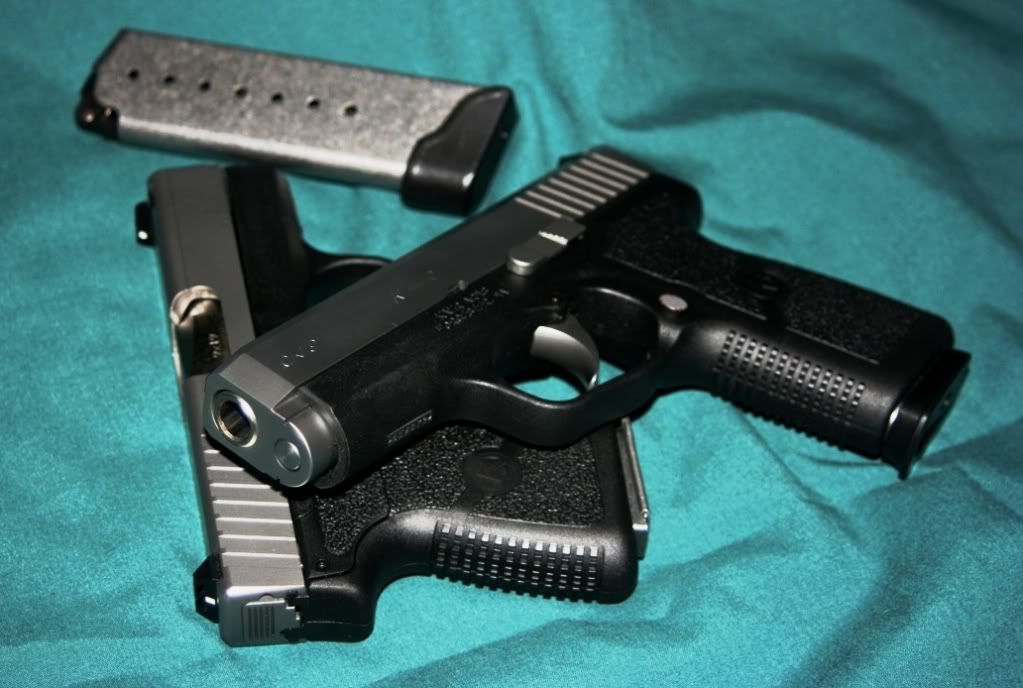
Other than the differences mentioned above, the CW9 and PM9 have much in common. The pistols are predominantly stainless steel and polymer. The CW line has a single MIM part discussed below. The PM line has no MIM parts.
Both pistols are striker fired with double action only triggers (no second strike capability). The barrel blanks are made at the Lothar walther factory where the high tensile strength steel billet is gun drilled and rifled. Kahr takes the blanks and completes the barrel machining at their own factory using CNC equipment.
The slide is made from 416 stainless steel on Kahr's CNC equipment and is heat treated and tempered for durability. The slide stop lever is machined from a different steel alloy for the PM, while the CW line gets a MIM lever.
Kahr magazines are also stainless steel, and after stamping are plasma welded for durability. The magazine follower has a steel slide stop pin to help with reliable slide lock after firing the last round. This is also supposed to prevent wear on the plastic follower.
The pistol is striker fired, and the striker is placed partially under tension when the slide is released. Kahr uses a DAO cocking cam trigger to unlock the passive safety, complete cocking, and release the firing pin. This trigger setup feels very comparable to a DA revolver trigger in that the pull is fairly long but very smooth. The trigger is also placed high in the pistol next to the offset barrel, which keeps the grip smaller and your hand close to the bore axis for less felt recoil.
Certain models are available with an external safety if you want one, but the long trigger pull combined with the passive drop safety make one unnecessary for my purposes.
Both pistols have good texturing on the grip, external extractors, and single column magazines. Another interesting aspect of the polymer frame is a small panel on the side of the grip that is an overpressure safety device. If a round is fired and generates too much pressure, the panel will allow some of that to escape in a more controlled fashion, possibly saving the pistol from damage and the user from injury.
Kahr recommends a 200 round "break-in" period, during which they say you may expect some possible malfunctions as the pistol wears in. After 200 rounds you shouldn't have any problems. In my experience, neither my CW9 nor my PM9 has had a single malfunction, either before or after the "break-in" period.
As for accuracy, the CW9 allows a more comfortable full hand grip and tends to be a little easier for me to shoot accurately. Rapid fire at 15 yards results in easy baseball size or smaller groups. The PM9 is slightly harder to hold since my little finger won't fit on the grip (without the extended magazine). That results in slightly larger groups during rapid fire, but during slow fire the PM9 is at least the equal of the CW9. All of that will be shooter dependent, as the pistols have shown to be more accurate than I can shoot them offhand and more than adequate for self defense. I don't test pistols from a rest, so I have no results to share there.
The white bar-dot sights are very quick to acquire, but they are a little harder (for me anyway) to shoot accurately than a target style sight. All that's fine, though, because these are meant as defensive pistols and excel in that role.
Neither the CW9 nor the PM9 is a handful to shoot in my opinion. I typically carry a compact .45ACP, so the 9mm pistols are noticeably more tame. Both are easier than most pocket .380ACP pistols despite the larger round because of their larger size and weight. If you can shoot a Ruger LCP or snub nose .38 special okay, you should be fine with either of these, too.
So which one should you buy?
It depends. For lowest cost, extended range sessions, and largest grip size, the CW9 wins. It is easily concealable in an inside the waistband (IWB) holster and very comfortable there with its thin it slide, but wouldn't work in most anybody's pocket. For greater refinement (polygonal rifling, no MIM, smoother exterior slide treatment), sight adjustability, or pocket carry, the PM9 wins. Weight isn't a big issue as they differ by just 1.8 ounces.

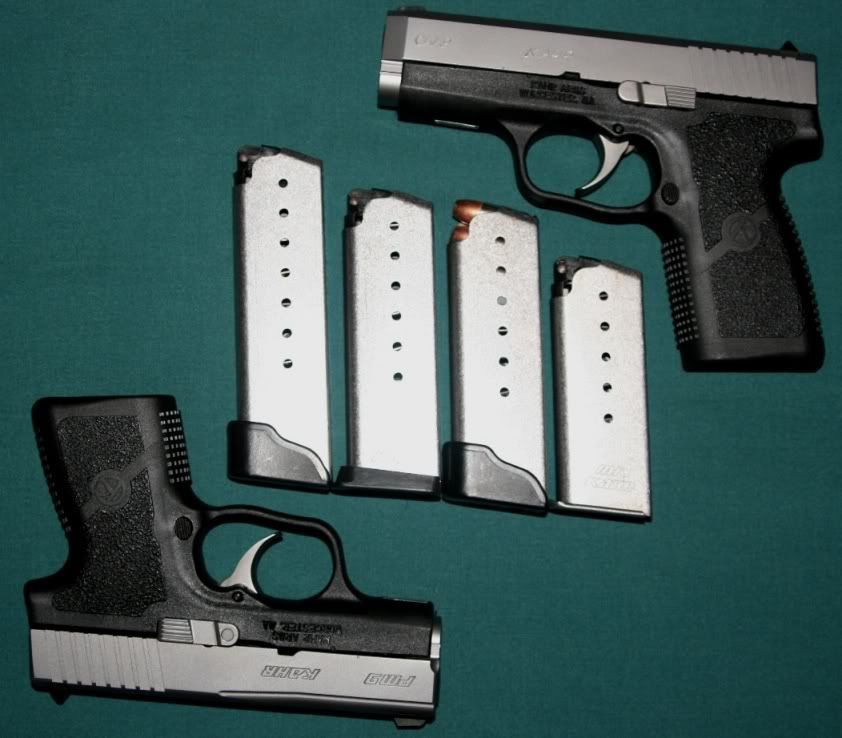
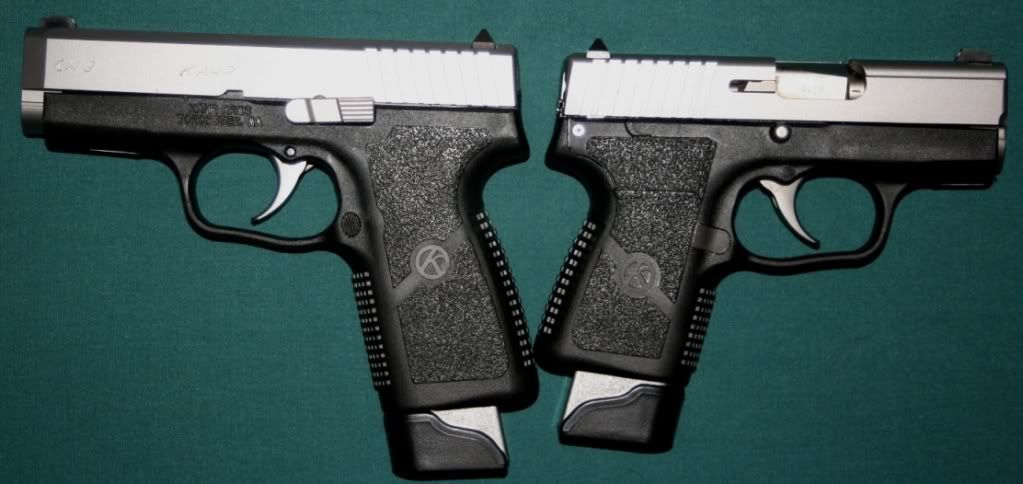
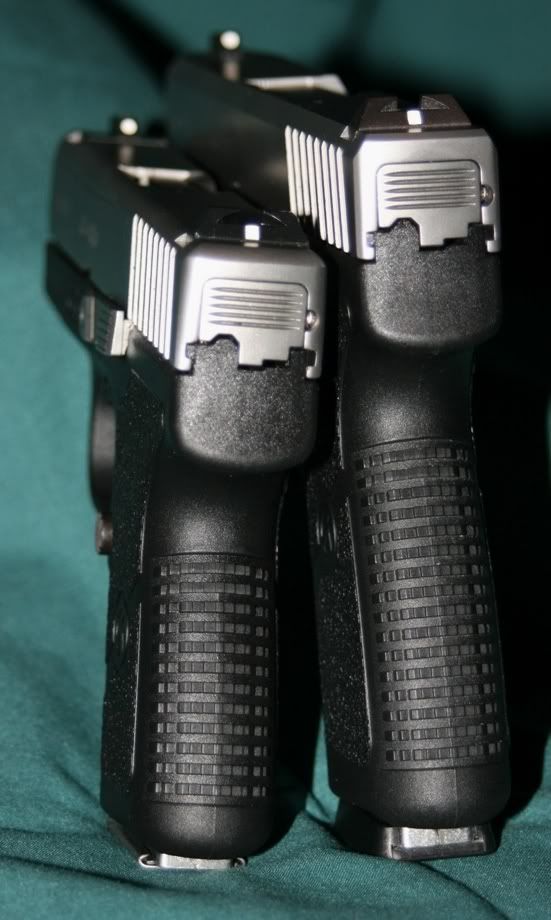

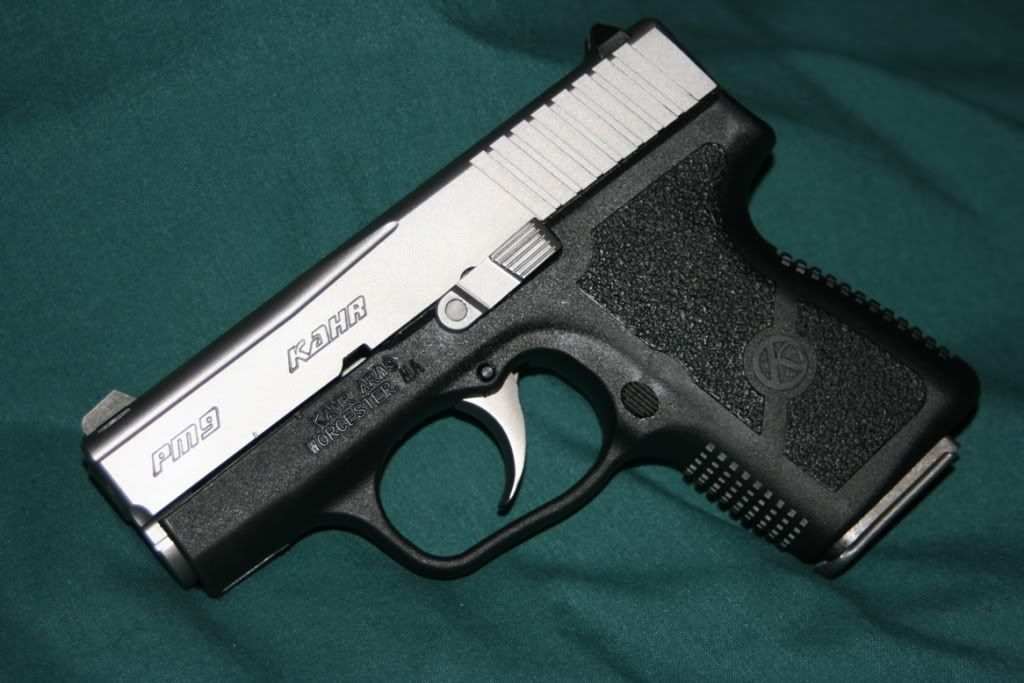
S&W Bodyguard 380 vs PM9
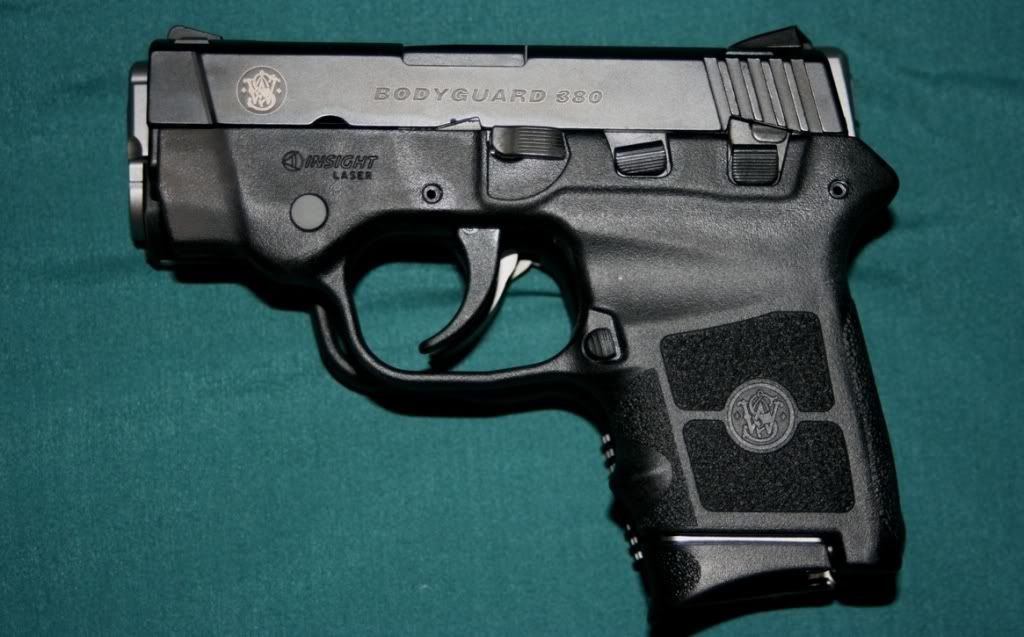
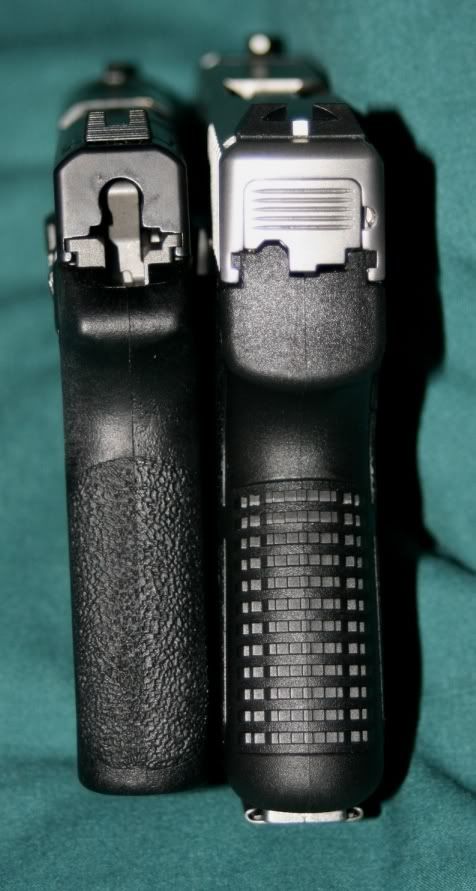
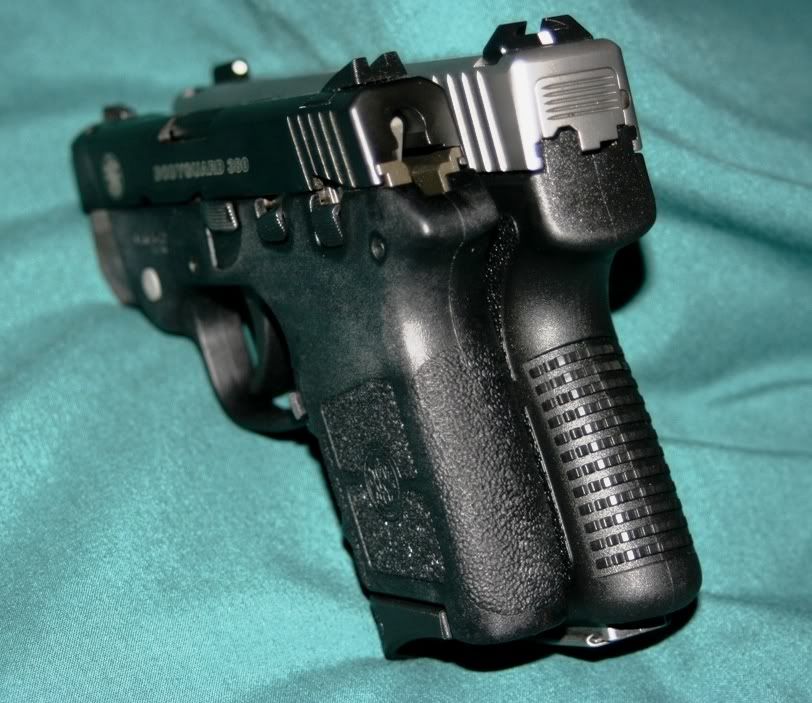
STI Shadow (Officer 1911) vs CW9
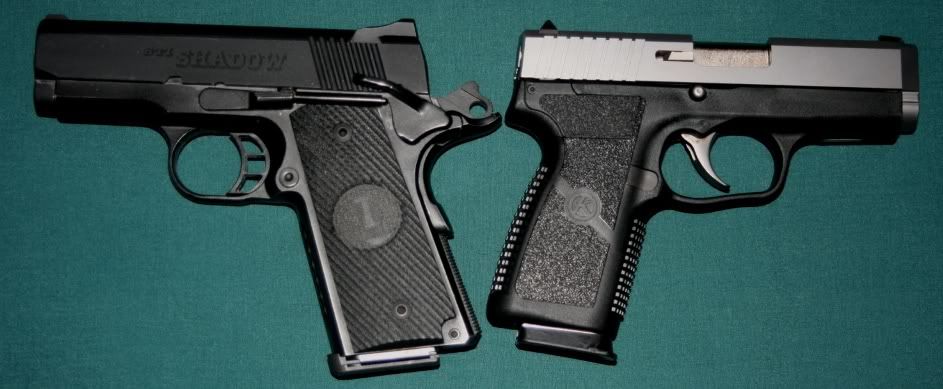
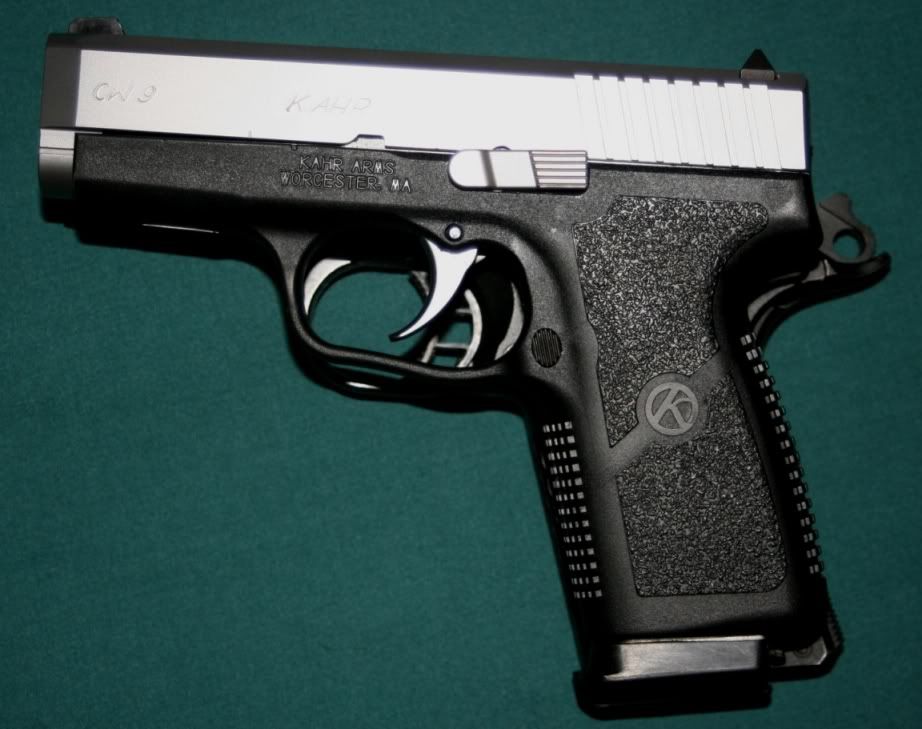
STI Ranger II (Commander 1911) vs CW9
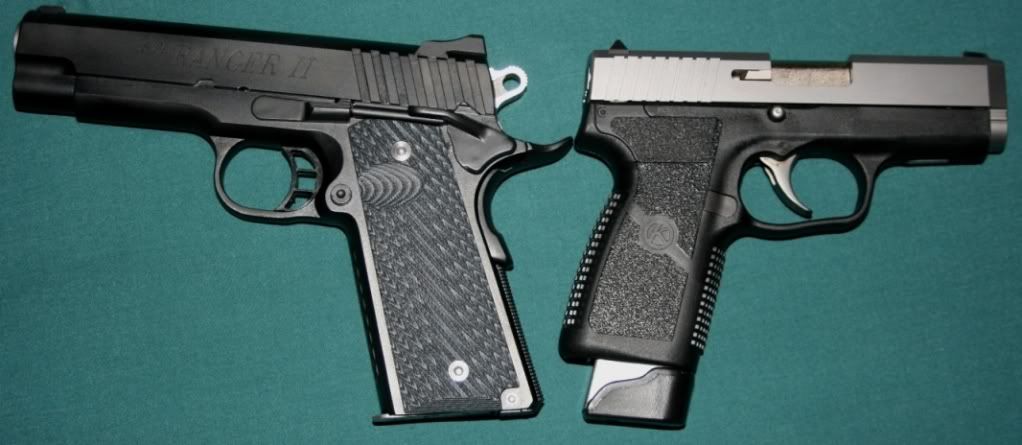

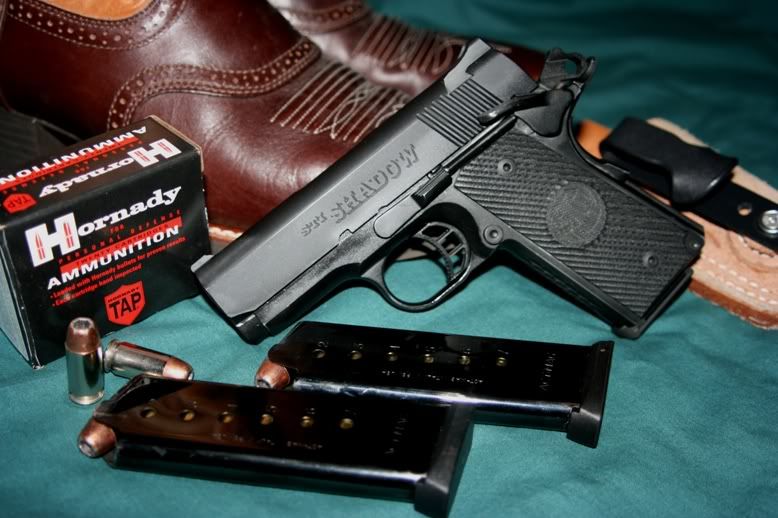
No comments:
Post a Comment